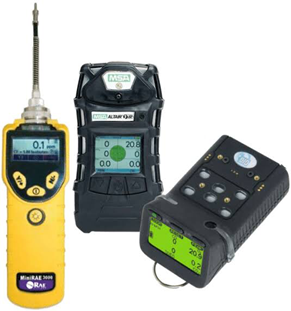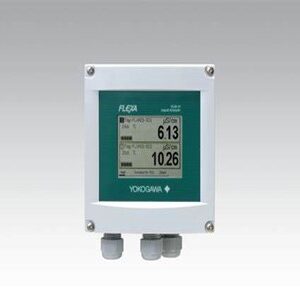Description
Working Principle:
- UV Radiation: A UV lamp within the PID emits photons with sufficient energy to ionize certain organic molecules.
- Ionization: When a molecule within the ionization chamber absorbs a UV photon with energy exceeding its ionization energy, an electron is ejected, creating a positively charged ion and a free electron.
- Current Generation: The generated ions and electrons are collected by electrodes within the chamber, producing a small electrical current.
- Signal Amplification: The current is amplified and processed by electronics, and the resulting signal is displayed as a concentration reading.
Key Characteristics:
- Sensitivity: PIDs can detect a wide range of organic compounds, including volatile organic compounds (VOCs) such as benzene, toluene, and xylene.
- Specificity: While not as specific as some other gas detectors, PIDs can differentiate between organic and inorganic compounds.
- Portability: Many PID instruments are compact and portable, making them suitable for field use.
- Real-time Monitoring: PIDs provide real-time measurements of VOC concentrations.
Applications:
- Industrial Hygiene: Monitoring workplace air quality for the presence of hazardous VOCs.
-
Environmental Monitoring: Detecting and quantifying VOCs in air and soil samples.
-
Leak Detection: Locating leaks in industrial processes and pipelines.
-
Indoor Air Quality Assessment: Evaluating indoor air quality in homes and buildings.







Reviews
There are no reviews yet.